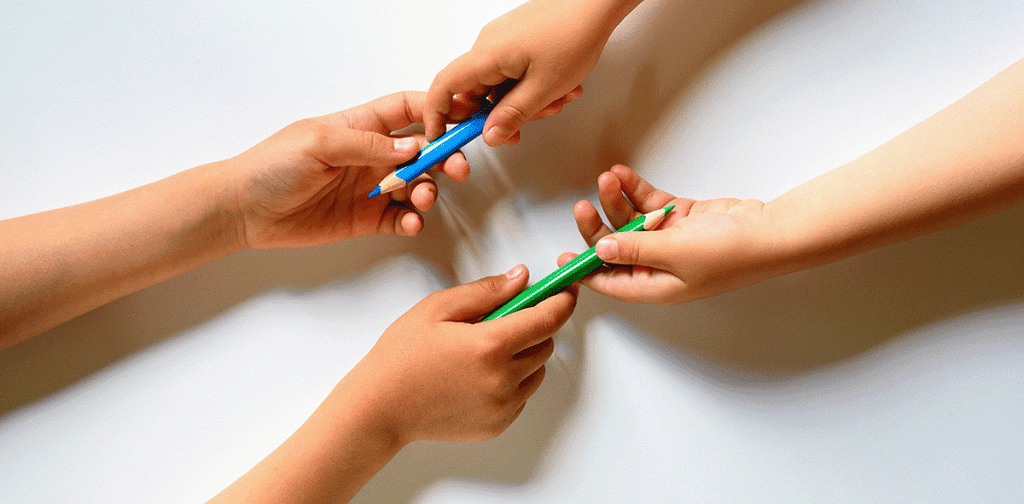
Key Differences Between Left-Handed and Right-Handed Writing and Why They Matter
Learning to write is a fundamental skill, but the experience can vary significantly when it comes to left-handed vs right-handed writing. Understanding these differences is crucial for teachers, parents, and anyone supporting young writers. At Handwriting Corner, we’re exploring the unique challenges and techniques for left- and right-handed students to ensure every learner can succeed.
Key Differences Between Left- and Right-Handed Writers
- Writing Direction: In left-to-right languages like English, right-handed writers naturally “push” the pen across the page, while left-handed writers must “pull” it. This difference can make writing feel less fluid for left-handers.
- Paper Positioning: Right-handed students typically keep their paper straight or slightly tilted to the left. Left-handed students, however, benefit from tilting their paper counterclockwise to reduce wrist strain and improve visibility of their writing.
- Grip and Smudging: Left-handed writers often struggle with smudging ink or graphite as their hand moves over what they’ve just written. To avoid this, they should hold the pencil about 1–1.5 inches from the tip and use quick-drying pens when possible.
- Wrist Position: Right-handers typically maintain a natural wrist angle while writing. In contrast, many left-handers adopt a “hooked” wrist position to see their work better, which can lead to discomfort over time.
Why These Differences Matter
Addressing these differences ensures that left-handed students aren’t at a disadvantage when learning to write. Proper guidance on paper positioning, grip, and wrist posture can prevent fatigue and frustration while promoting legibility and comfort. For example, teaching left-handers to tilt their paper counterclockwise reduces wrist strain and improves visibility, making the writing process smoother.
Supporting All Writers
Both left- and right-handed students benefit from tailored instruction that respects their unique needs. Teachers should provide tools like specialty handwriting paper with clear guidelines for positioning letters and words. Additionally, fostering an inclusive environment where both groups feel supported helps build confidence in their skills.
At Handwriting Corner, we believe that understanding the key differences in left-handed vs right-handed writing is essential for creating effective handwriting instruction. By addressing the unique challenges faced by both left- and right-handed writers, such as smudging and paper positioning, we can help every student achieve clear, confident handwriting. Tailoring techniques to accommodate these differences ensures that all learners, regardless of their dominant hand, receive the support they need to succeed in their writing journey.
Follow us on Amazon to discover more of our handwriting workbooks!